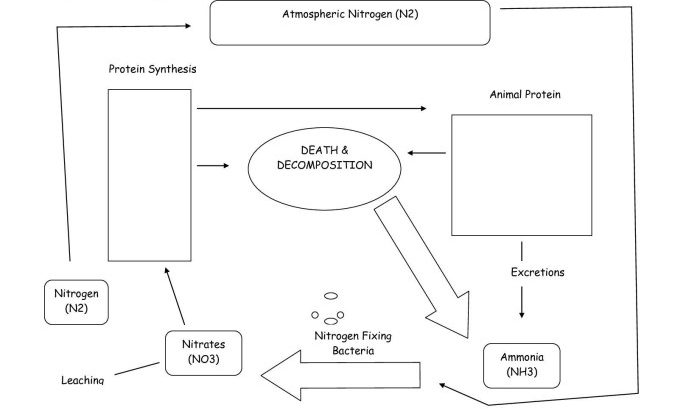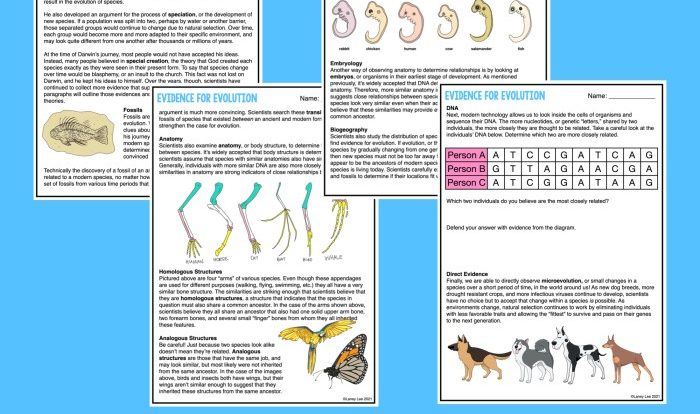Atoms isotopes and ions worksheet – Embark on an enlightening journey into the fascinating realm of atoms, isotopes, and ions through this comprehensive worksheet. Dive deep into the fundamental building blocks of matter and unravel the secrets that govern their behavior.
From the structure of atoms to the properties of ions, this worksheet will provide you with a clear and engaging understanding of these essential concepts.
Atoms
Atoms are the fundamental building blocks of matter. They are incredibly small, with a diameter of about 10 -10meters.
Each atom consists of a nucleus and electrons. The nucleus is located at the center of the atom and contains protons and neutrons. Protons have a positive charge, while neutrons have no charge. Electrons are located in the space around the nucleus and have a negative charge.
The number of protons in an atom’s nucleus determines the element to which it belongs. For example, all atoms with one proton are hydrogen atoms. All atoms with two protons are helium atoms, and so on.
Atoms can combine with each other to form molecules. Molecules are the building blocks of all matter, and they can be very simple or very complex.
Types of Atoms
There are many different types of atoms, each with its own unique properties. Some of the most common atoms include:
- Hydrogen
- Helium
- Oxygen
- Nitrogen
- Carbon
- Sodium
- Chlorine
These atoms can combine in various ways to form molecules, which are the building blocks of all matter.
Atoms and Chemical Reactions
Atoms play a vital role in chemical reactions. Chemical reactions are processes in which atoms are rearranged to form new molecules. These reactions can be used to create new materials, break down existing materials, or release energy.
Chemical reactions are essential for life. They are used to create the food we eat, the clothes we wear, and the medicines we take. They are also used to generate energy and power our homes and businesses.
Isotopes
Isotopes are variations of the same element that have the same number of protons but differ in the number of neutrons. This difference in neutron count affects the mass of the atom, creating isotopes with varying atomic masses.
Isotopes can be naturally occurring or artificially created. They play crucial roles in various fields, including medicine, archaeology, and nuclear energy.
Examples of Isotopes and Their Uses
- Carbon-12 (12C) and Carbon-14 ( 14C): 12C is the most abundant isotope of carbon, while 14C is a radioactive isotope used in carbon dating.
- Uranium-235 (235U) and Uranium-238 ( 238U): 235U is the fissile isotope used in nuclear reactors, while 238U is the more abundant non-fissile isotope.
- Hydrogen-1 (1H), Hydrogen-2 (Deuterium, 2H), and Hydrogen-3 (Tritium, 3H): 1H is the common isotope of hydrogen, 2H is used in nuclear fusion, and 3H is a radioactive isotope used in nuclear weapons.
Ions
Ions are atoms or molecules that have gained or lost electrons, resulting in a net electric charge. They play a crucial role in various chemical and biological processes.
Formation of Ions
- Electron Gain:When an atom gains one or more electrons, it becomes negatively charged and forms an anion.
- Electron Loss:When an atom loses one or more electrons, it becomes positively charged and forms a cation.
Properties of Ions, Atoms isotopes and ions worksheet
- Charge:Ions have a net electric charge, either positive or negative.
- Size:Anions are generally larger than their neutral atoms due to the added electrons, while cations are smaller.
- Reactivity:Ions are highly reactive and can readily participate in chemical reactions to gain or lose electrons.
- Solubility:Ionic compounds are generally soluble in water, forming solutions that conduct electricity.
Worksheet
This worksheet is designed to help you assess your understanding of atoms, isotopes, and ions. Please answer the following questions to the best of your ability.
Atoms
- What are the three subatomic particles that make up an atom?
- Where are protons and neutrons located within an atom?
- What is the atomic number of an atom?
- What is the mass number of an atom?
Isotopes
Isotopes are atoms of the same element that have different numbers of neutrons. This results in different atomic masses for different isotopes of the same element.
- What is the difference between isotopes of the same element?
- How do isotopes affect the chemical properties of an element?
- Give an example of an isotope and its uses.
Ions
Ions are atoms or molecules that have lost or gained electrons, resulting in a net electrical charge.
- What is the difference between a cation and an anion?
- How do ions form?
- Give an example of an ion and its uses.
Helpful Answers: Atoms Isotopes And Ions Worksheet
What is the difference between an atom and an ion?
An atom is a neutral particle, while an ion is a charged particle.
How are isotopes different from each other?
Isotopes have the same number of protons but different numbers of neutrons.
What are the properties of ions?
Ions can be positively or negatively charged and are attracted to oppositely charged ions.

